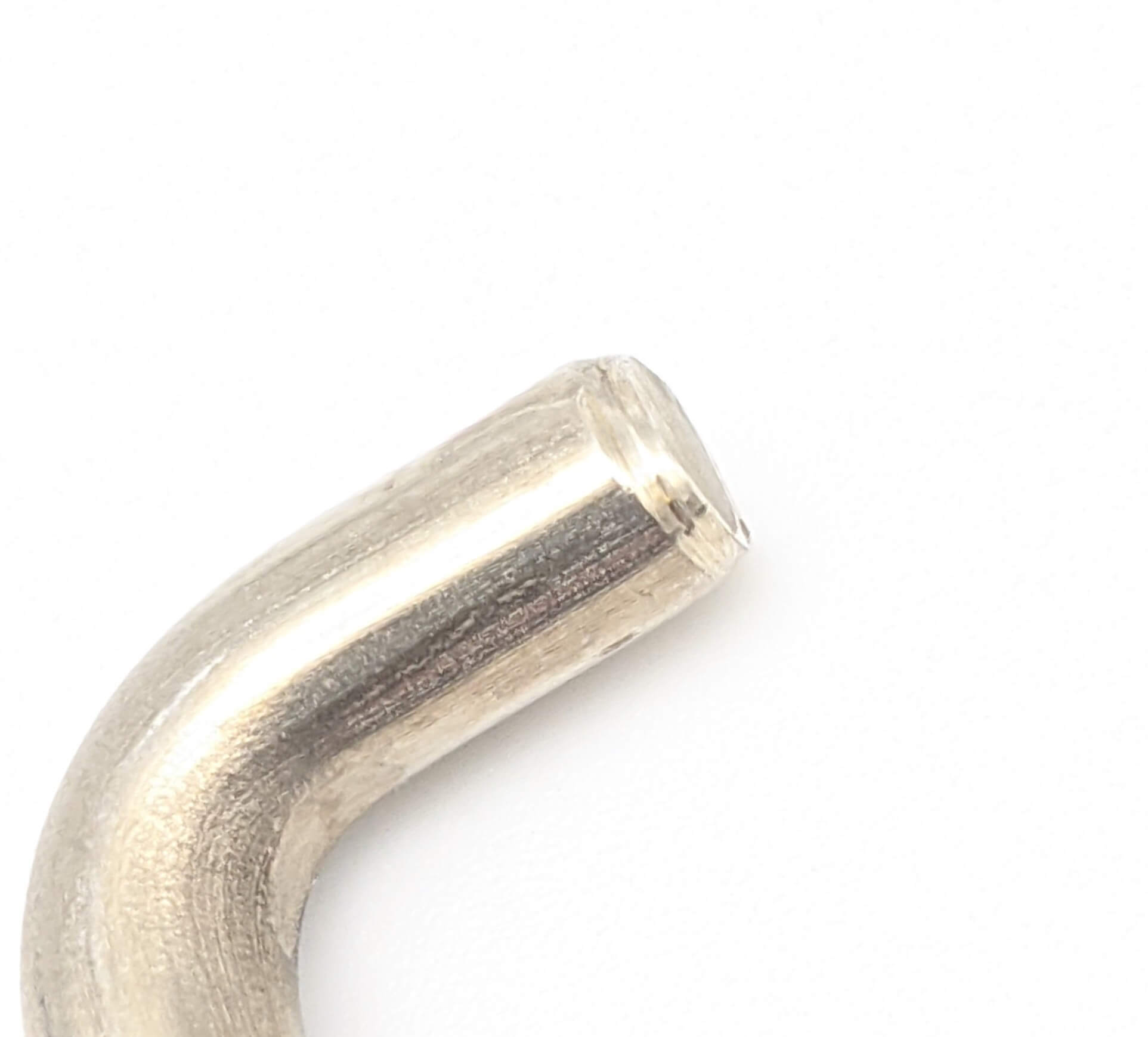Get unique, complex parts easily. No matter your requirements, Chaoyi Spring creates hard-to-produce coil springs and wire forms.
Let us help you create the custom wire form you need, from S-hooks and J-hooks to utility hooks and more.
We work closely with customers across a wide range of industries, helping them design and manufacture made-to-order parts.
Why choose Chaoyi Spring? We prioritize customer-focused collaboration, modern equipment and the latest technology to make your parts per print.
Find the information and guidance you need, from measuring a spring to learning about materials, placing an order and much more.
Have you ever wondered how those powerful bass notes, those deep, rumbling sounds that make your chest vibrate, are created? The answer lies in the fascinating world of compression waves


Have you ever wondered how those powerful bass notes, those deep, rumbling sounds that make your chest vibrate, are created? The answer lies in the fascinating world of compression waves and their interaction with springs. Springs, often thought of as simple mechanical components, play a crucial role in amplifying sound, particularly those low-frequency vibrations that give music its visceral impact.

Sound, at its core, is a form of energy that travels through the air as a series of compression waves. These waves are essentially fluctuations in air pressure, caused by the vibration of a source, like a speaker cone. As the cone vibrates, it pushes air molecules together, creating areas of high pressure (compression), followed by areas of low pressure (rarefaction). These alternating high and low pressure zones propagate outwards, creating the waves we perceive as sound.
Springs, with their inherent elasticity, come into play when we want to amplify and enhance these compression waves, particularly those associated with low frequencies. Think about a bass guitar string. When plucked, the string vibrates, producing compression waves. But to make those vibrations more powerful, more resonant, we introduce a spring. This spring, attached to the bridge of the guitar, acts as a mechanical amplifier.
Imagine a spring attached to a vibrating object. As the object vibrates, the spring stretches and compresses. This stretching and compressing action not only amplifies the initial vibrations but also alters their frequency. This is where the magic of spring-based sound amplification happens. By carefully choosing the spring's stiffness and mass, we can create a resonance frequency that aligns with the desired sound.
For example, in a bass guitar, the spring's resonance frequency is tuned to amplify the low-frequency vibrations of the string, resulting in those deep, booming bass notes we love. This is why bass guitars often feature a spring-loaded bridge, a design feature that allows musicians to fine-tune the resonance and add character to their sound.
The amplitude of the spring's movement plays a critical role in the overall sound produced. Higher amplitude means the spring stretches and compresses more, leading to a louder, more powerful sound. This is why, in some applications, springs are designed to move with a large amplitude, especially when amplifying low frequencies, where greater energy is required to create noticeable sound waves.
However, excessive amplitude can sometimes lead to distortion, as the spring's movement becomes too extreme and starts to behave in a non-linear fashion. This is where careful design and engineering come into play. By choosing the right spring material, stiffness, and mass, we can control the amplitude and ensure clear, accurate sound reproduction.
The use of springs in sound amplification goes beyond musical instruments. They play a vital role in audio systems, particularly in subwoofers, the speakers designed to reproduce low-frequency sounds. These subwoofers often incorporate a spring-loaded system to amplify the bass frequencies, ensuring a powerful, immersive listening experience.
Think about those movie theaters that make you feel the rumble of explosions and the pounding of bass in your chest. These effects are often achieved using subwoofers with spring-loaded systems, designed to generate those intense, low-frequency vibrations that add a visceral dimension to the audio experience.
Over the years, the use of springs in sound amplification has evolved. Modern audio systems often utilize more sophisticated techniques, like digital signal processing (DSP), to control and enhance sound. However, the fundamental principle of using springs to amplify compression waves remains relevant, especially in specialized applications where mechanical resonance plays a key role.
From the iconic spring reverb units in guitar amplifiers to the powerful bass systems in modern audio setups, springs continue to shape the sound we hear. They provide that extra boost, that resonating punch, that adds a unique character and richness to music and audio experiences.
The next time you hear a powerful bassline, a resonating guitar riff, or a booming explosion in a movie, remember the silent workhorses behind those sounds: springs. They amplify compression waves, creating the rich, resonant sounds that captivate our ears and move our souls. By understanding the relationship between springs, compression waves, and amplitude, we gain a deeper appreciation for the science of sound and the engineering marvels that bring it to life.
Browse some of the custom wire forms and springs that we manufacture. Don’t see what you need? We specialize in made-to-order products that meet your application requirements.
Visit Our GalleryNeed a custom wire form or coil spring? We make it work. Fill out the contact form and a representative will respond within 1 business day. If you have a PDF or CAD file, you can submit to request a quote.